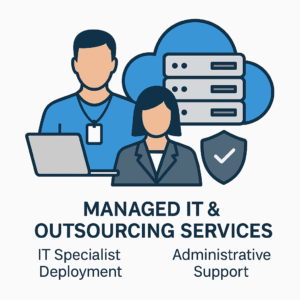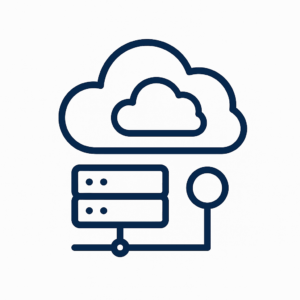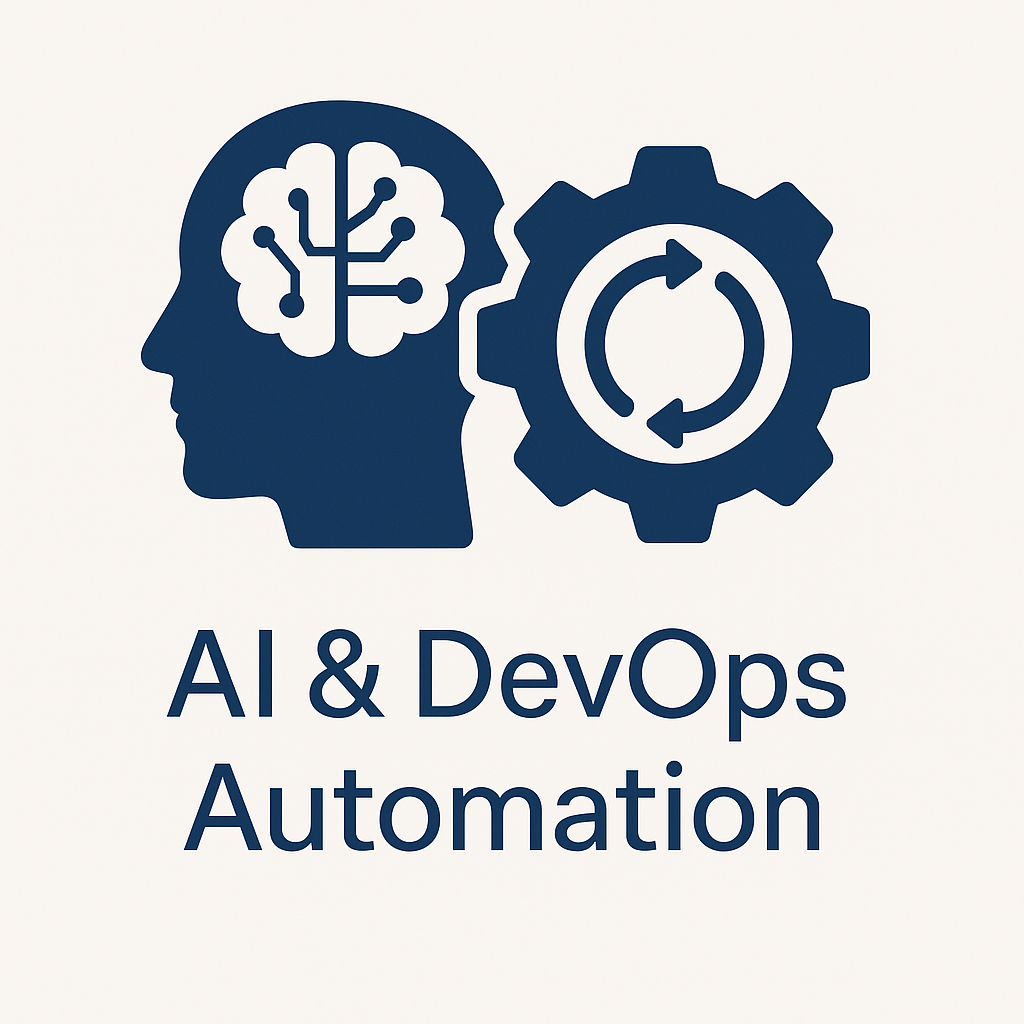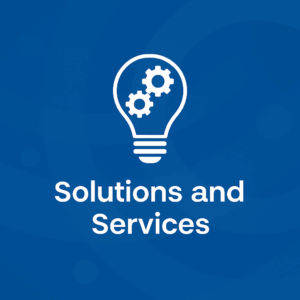Gigansoft Ansible AWX Automatisation
Automating Infrastructure: Server Provisioning with vCenter and Network Backups with Ansible AWX
As enterprise IT infrastructure continues to grow in complexity, automation becomes a critical pillar of efficiency, consistency, and security. Leveraging tools like Ansible AWX and VMware vCenter, organizations can standardize server deployments and automate network device backups—minimizing manual errors and freeing up engineering time.
In this article, we’ll explore how to use Ansible AWX for:
-
Automated VM provisioning through vCenter
-
Scheduled configuration backups from switches and routers
-
Centralized visibility and audit of all playbook executions
Whether you’re running a hybrid datacenter or a fully virtualized environment, combining Ansible with VMware and your network gear can deliver powerful results.
🔧 What is Ansible AWX?
Ansible AWX is the open-source, web-based interface for Ansible automation. It provides:
-
Role-based access control
-
Job templates and scheduling
-
Real-time job output logs
-
Git integration for playbook repositories
Think of it as your central DevOps control tower — enabling both sysadmins and network engineers to trigger, track, and report on all automation tasks.
🚀 Use Case 1: VM Provisioning with vCenter
Imagine you need to deploy dozens of virtual machines across multiple environments (test/dev/prod) with standardized specs, naming conventions, and network configurations. Manually doing this in vSphere is error-prone and time-consuming.
✅ Solution: Ansible + vCenter API
Using the community.vmware Ansible collection, you can automate the full lifecycle of VM provisioning:
-
Create VM from a template
-
Assign CPU, memory, and disk
-
Attach to the proper network
-
Customize hostname and IP via cloud-init or guest customization
🧩 Sample Playbook Snippet:
This playbook can be parameterized and run via a Job Template in AWX, using a web form to input variables like VM name, IP address, or template.
📅 Scheduling Deployments with AWX
With AWX, you can schedule VM provisioning based on events or recurring time slots — ideal for:
-
Nightly build environments
-
QA environments that reset weekly
-
Disaster recovery testing VMs
You can also send webhook triggers from your CI/CD pipeline (e.g., Jenkins or GitLab) to AWX to auto-provision infrastructure during deployment workflows.
🌐 Use Case 2: Network Device Configuration Backups
Backing up your network device configurations regularly is essential for operational continuity and compliance. Manual CLI logins are not scalable — especially when managing dozens or hundreds of switches, routers, and firewalls.
✅ Solution: Ansible + SSH Backup Automation
By using Ansible with ios_config, juniper_junos_config, or cli_command modules, you can pull config files via SSH from network devices and save them to a centralized location.
📥 Example Playbook:
This playbook can run daily via a Scheduled Job Template in AWX, generating timestamped backups for audit and recovery purposes.
🔐 Security & Access Control
AWX enables role-based access control (RBAC) for both server and network teams:
-
Network engineers can only run backup playbooks
-
Infrastructure admins can deploy and manage VMs
-
Read-only auditors can view logs and job histories
It also integrates with LDAP/Active Directory, so user management stays centralized.
📊 Logging and Reporting
Every job run in AWX generates detailed logs and result data. This makes compliance audits easier and helps debug failed tasks.
With AWX’s API, you can even forward logs to ELK Stack, Splunk, or Prometheus/Grafana dashboards.
💡 Key Benefits Summary
| Feature | Benefit |
|---|---|
| vCenter VM provisioning | Rapid and consistent server deployment |
| Network config backups | Reliable, centralized archive of devices |
| AWX UI & RBAC | User-friendly control and security |
| Git integration | Version-controlled playbooks |
| API/Webhook support | Easily integrated with CI/CD |
🧠 Conclusion
Combining Ansible AWX, vCenter, and network automation empowers IT teams to standardize processes, reduce risk, and save countless hours. Whether you’re deploying 10 servers or backing up 100 switches, these tools make infrastructure automation practical and maintainable — even within secure on-premise environments.
At Gigansoft, we specialize in helping organizations architect these solutions end-to-end. From AWX deployment to custom playbooks and vSphere integration, our team can automate your infrastructure safely and efficiently.
📩 Need help automating your infrastructure?
Let Gigansoft build your next on-prem automation stack. Contact us today for a tailored consultation.




